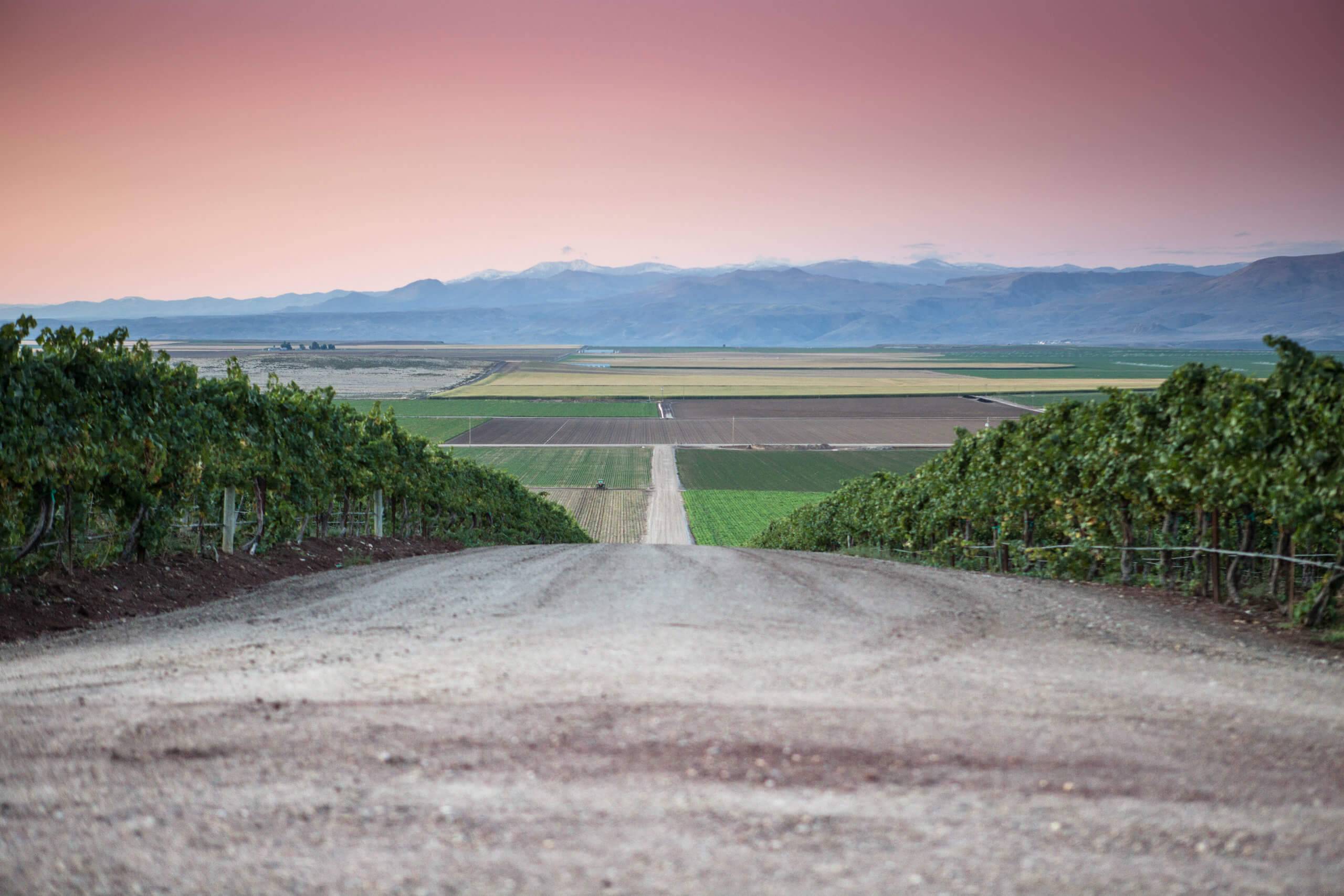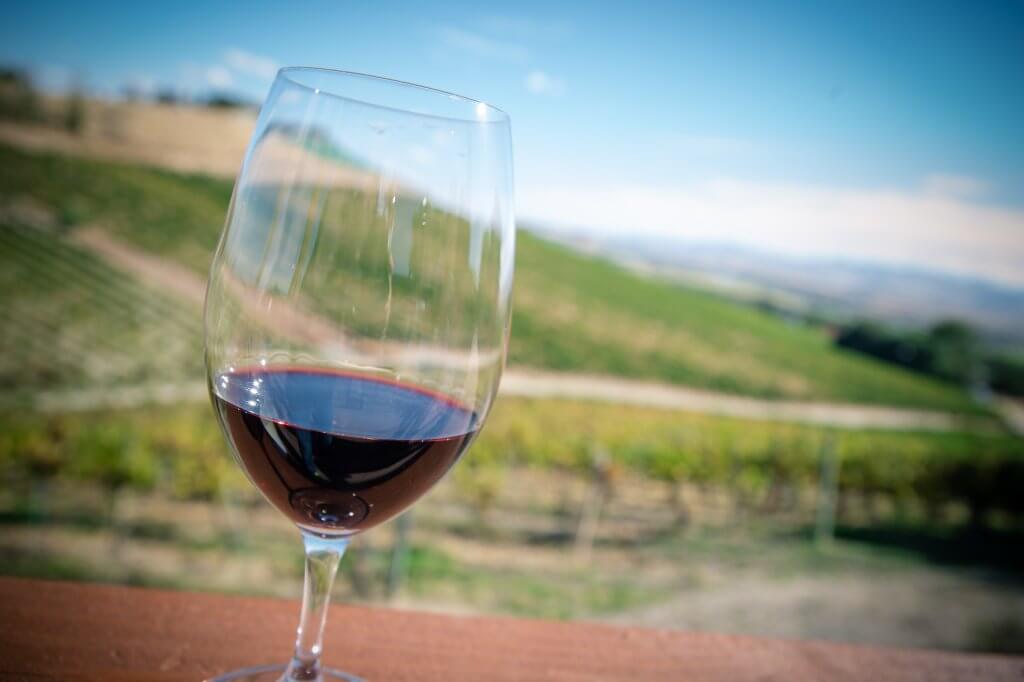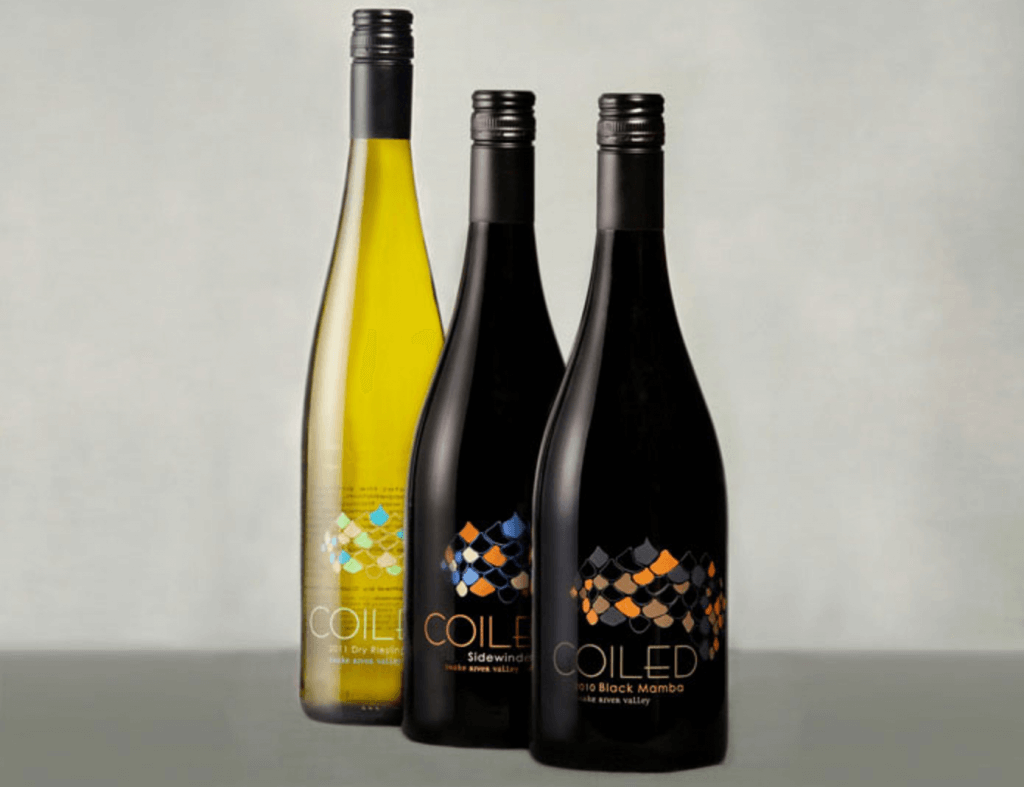When I think of harvest I think of a magical time when grapes are made into delicious wine, a very romantic process in my mind. Winemakers, however see the process a bit differently than wine drinking consumers. They would describe wine-making as a scientific, nerve racking process that involves many variables and decisions. Thankfully, Idaho winemakers are very passionate about this stressful process, which results in incredible Idaho wines for us to enjoy.

The wine-making process begins in the vineyard with the grapes ripening to the preferred sugar (or brix), acid and pH levels. If the grapes are picked early they will have low sugar and high acid levels. With a later harvest, winemakers expect higher sugar and lower acid levels. The sugar level determines the amount of alcohol the finished wine will contain so when the brix reach the desired level – determined by scientific analysis – the winemaker makes the call to bring in the fruit. The weather can also influence the timetable of harvesting, as the threat of heat, rain, hail or frost and the resulting damage is often reason to bring in the grapes at perhaps a less than ideal time.
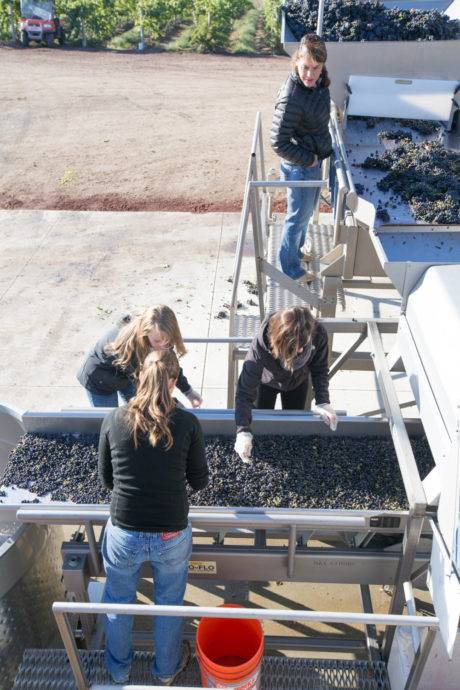
After harvest, the grapes are brought into the production facility where they go through a de-stemming machine to remove as many stems or “jacks” as possible. What happens next depends on whether the grapes are red or white. The white grapes are immediately pressed off of their skins before they start the fermentation process. Red grapes are crushed and fermented with their skins to bring color and tannin to the wine.
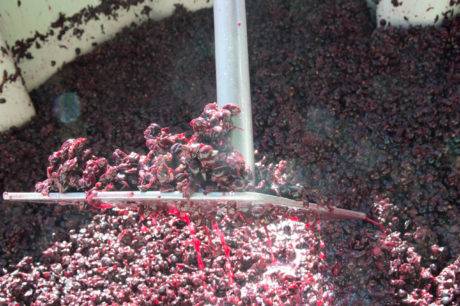
Fermentation begins when a winemaker adds yeast to the juice which turns the sugar into alcohol. When the yeast has consumed the desired amount of sugar the wine is then put in barrel or tank to age. The choice of barrel or tank depends on the wine varietal being made. Red wines and some white wines, such as Chardonnay, go through a second fermentation called Malolactic Fermentation where malic acid is converted to softer lactic acid. The wine is then aged for a period of time with the winemaker having final say the length it will age, depending on their preference and taste. Red wines are aged anywhere from 4 months to 4 years. Finally, when the wine is aged to perfection, it is filtered, bottled and released.

Harvest typically falls between late August and October, but summer weather can alter the schedule. Head out to the wineries during harvest season for a glimpse into the process. Before you start your journey, check out tasting room hours in the Idaho Wine Commission’s Tour Brochure. There are more than 50 wineries in Idaho – there is sure to be one nearby! Visit www.idahowines.org for more information about wineries, vineyards, and events in Idaho.
Brenna Christison is a self-proclaimed social media buff and chocoholic whose favorite wine varietal is Riesling. She’s moved up the ranks of the Idaho Wine Commission and has a passion for sharing the good news about Idaho wines. Brenna is a guest contributor.
Feature image credit: Ray Gadd
Published on October 8, 2015

